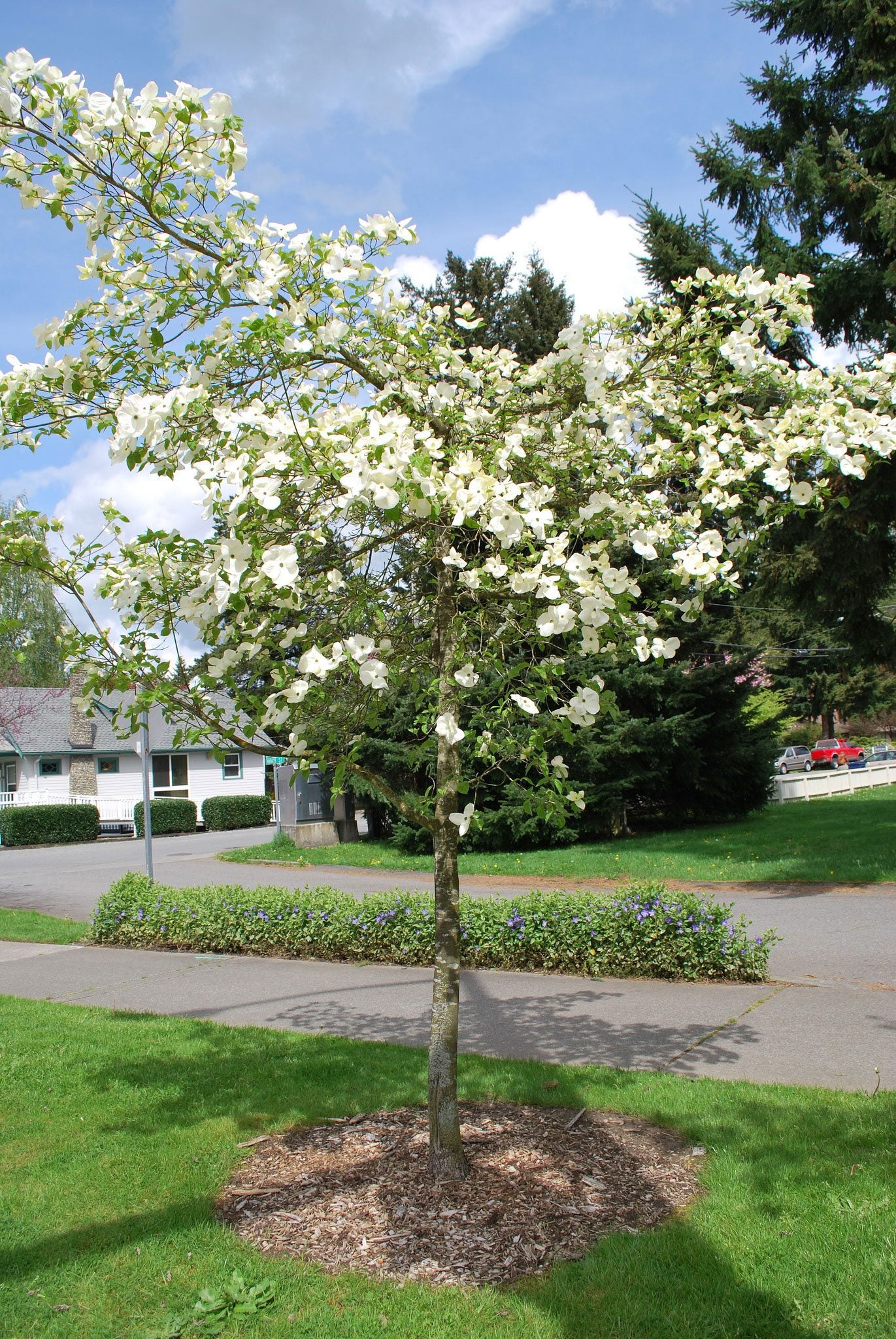Dogwood Tree Transplanting: How And When To Move A Dogwood


Flowering dogwoods are native to most areas of the eastern United States. They are useful as understory trees for partially shaded locations or even a fully sunny site, but often planted in improper locations and require transplanting. Can dogwood trees be transplanted? They certainly can, but follow a few tips on when to move a dogwood and how to do it correctly beforehand.
Can Dogwood Trees be Transplanted?
Dogwoods are lovely plants with four seasons of interest. Their characteristic flowers are actually bracts, or modified leaves, which surround the actual tiny flower. In fall, the leaves turn red and orange and bright red fruits form, which birds adore. Their year-round beauty is a boon to any garden and should be preserved. If a dogwood needs to be moved, choose a site that is suitable so it doesn't need to be moved again. The trees do well in dappled light in well-drained soil that is moderately acidic. Consider the height of the tree and avoid power lines and sidewalks. It is common to misgauge the height or width of a foundation plant, requiring the need to move it. Dogwoods also often fail to flower because overstory trees have gotten so dense there isn't enough light to fuel blooms. Whatever the cause, you need to know a few tricks for transplanting dogwoods.
When to Move a Dogwood
Dogwood tree transplanting should be done when they are dormant. This would be when the leaves have dropped and before bud break. Provided your soil is workable, this could be in the middle of winter, but northern gardeners will have to wait until early spring. Transplanting dogwoods earlier can damage the plant's health because the sap is actively running and any injury to the roots can invite rot and disease, or even girdle the plant.
How to Transplant a Dogwood Tree
A good idea to maximize the health of the tree and prevent transplant shock is to root prune. This is done the season before you will move the tree. Prune the roots in October for an early spring transplant. Cut a trench around the root zone that you desire, severing any roots outside the circle. The size of the root ball varies dependent on the size of the tree. Clemson Cooperative Extension has a root ball sizing table available online. After the winter season is nearly over, it is time to transplant the tree. Tie up any errant growth to protect branches. It is a good idea to dig the hole first, but if you don't, wrap the root ball in moist burlap. Use a sharp spade to cut around the area where you root pruned and then under-cut the tree at a 45-degree angle. Place the soil and root ball on the burlap and tie it around the base of the trunk. Dig the hole twice as large and twice as deep as the root ball with a hill of dirt at the center base. Unwrap the tree and spread the roots out. Back fill, taking care to use the substrate soil first and then the topsoil. Pack the soil around the roots. A good method is to water in the soil so it sinks around the roots. Fill up to the original soil line and water well to pack the soil. Keep the tree well watered until it establishes. Don't panic if it loses a few leaves, as it will perk up in no time.
Sign up for the Gardening Know How newsletter today and receive a free copy of our e-book "How to Grow Delicious Tomatoes".

Bonnie Grant is a professional landscaper with a Certification in Urban Gardening. She has been gardening and writing for 15 years. A former professional chef, she has a passion for edible landscaping.